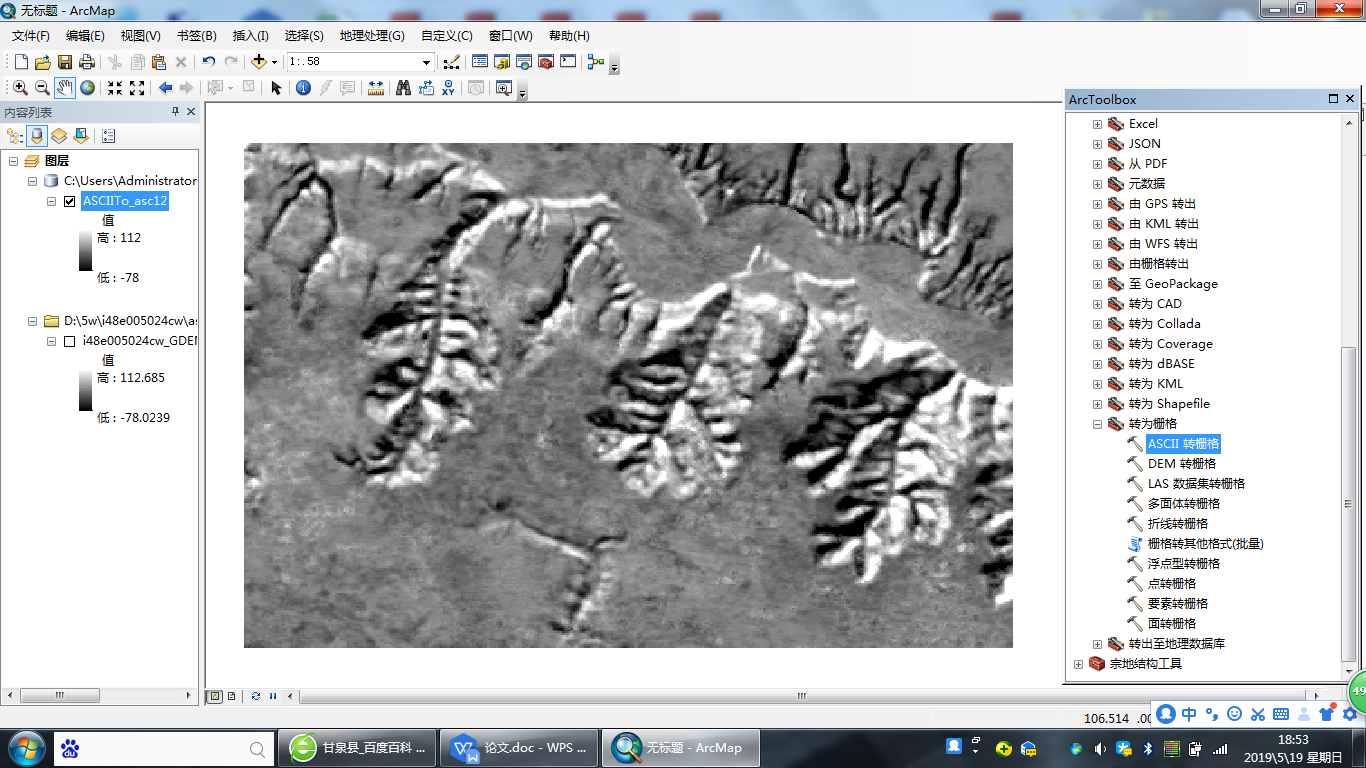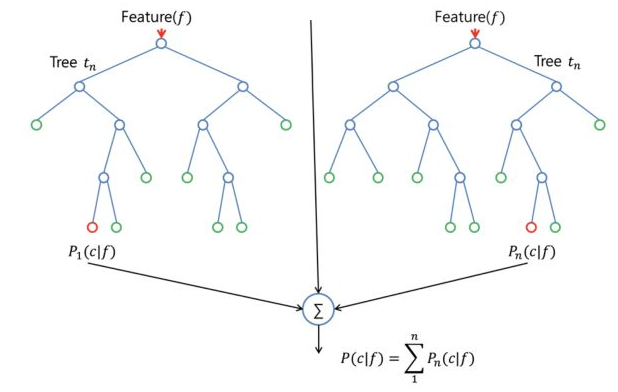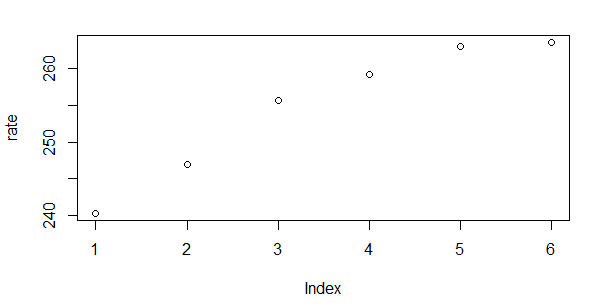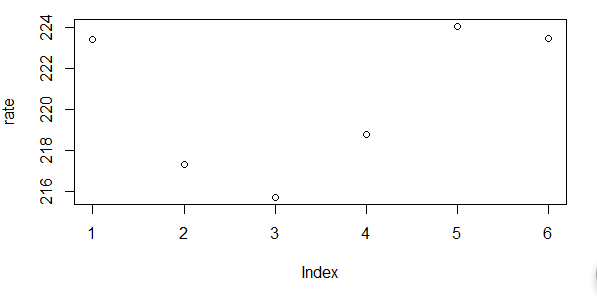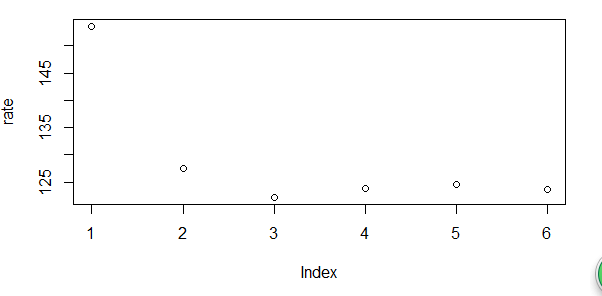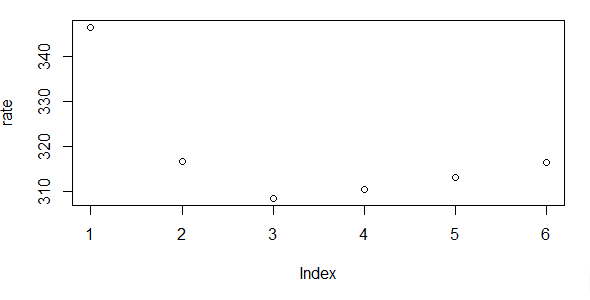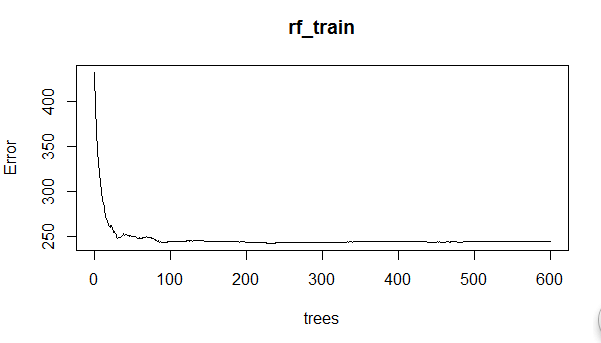基于随机森林的ASTER GDEM高程误差修正毕业论文
2020-04-15 20:22:09
摘 要
ASTER GDEM数据作为目前全球最完整的高精度地形数据,自发布以来,就一直是全球范围内应用最为广泛的DEM数据,其精度评价问题也是历来研究的焦点。本文选取陕北黄土高原长武、佳县、宜君、延川四个地貌类型样区,以 1:50,000 DEM 作为参考数据,经过坐标系统转换、重采样、水平位移和高程基准校正等数据处理过程,获取一定数量的训练数据和测试数据,在分析 ASTER GDEM高程误差特征及其影响因素基础上,利用R语言建立随机森林高程误差预测模型并进行验证。实验结果表明坡向对高程误差具有显著影响,模型具有较好的适用性与误差校正效果,可分别将长武、宜君、延川、佳县误差均值减小7.73米、1.51米、5.85米、4.74米。
关键词:ASRER GDEM; 随机森林; 高程误差; 地形因子
ABSTRACT
As the most complete high-precision terrain data in the world, ASTER GDEM data has been the most widely used DEM data in the world since its release. The accuracy evaluation problem is also the focus of research. This paper selects four landform type plots of Changwu, Jiaxian, Yijun and Yanchuan in the Loess Plateau of northern Shaanxi, with 1:50,000 DEM as reference data, and data processing such as coordinate system conversion, resampling, horizontal displacement and elevation reference correction. In the process, a certain amount of training data and test data are obtained. Based on the analysis of ASTER GDEM elevation error characteristics and its influencing factors, a random forest elevation error prediction model is established by R language and verified. The experimental results show that the aspect has a significant influence on the elevation error. The model has good applicability and error correction effect, and can reduce the error average of Changwu, Yijun, Yanchuan and Jiaxian by 7.73 meters, 1.51 meters and 5.85 meters respectively. , 4.74 meters.
Key words:ASRER GDEM;Random forest;Elevation error;Terrain factor
目 录
摘要........................................................................................................I
ABSTRACT..............................................................................................II
第一章 绪论..........................................................................................1
1.1 研究背景及意义..............................................................................1
1.1.1研究背景................................................................................1
1.1.2 研究意义...............................................................................1
1.2 国内外研究现状..............................................................................2
1.3 本文研究内容及技术路线................................................................2
1.3.1 研究内容...............................................................................2
1.3.2 技术路线...............................................................................3
第二章 实验样区与数据.....................................................................5
2.1 研究区域......................................................................................5
2.2 研究数据......................................................................................6
2.2.1 DEM数据..............................................................................6
2.2.2地表特征数据集....................................................................6
2.3 数据预处理...................................................................................6
第三章 基于随机森林的高程误差预测模型建立..........................9
3.1 建模工具及准备工作.....................................................................9
3.2 随机森林算法运行原理..................................................................9
3.2.1 决策树.................................................................................9
3.2.2 集成学习方法......................................................................10
3.2.3 随机森林算法......................................................................11
3.3 建模步骤................................................................................. ...12
3.4 mtry值的确定..............................................................................12
3.5 ntree值的确定.............................................................................15
3.6 随机森林模型的评价与检验..........................................................17
3.7 随机森林模型自变量影响力评价...................................................18
第四章 高程误差校正与结果分析...................................................22
4.1 ASTER GDEM 高程误差特征..........................................................22
4.2 ASTER GDEM高程误差修正 .........................................................22
4.3 结果分析................................................................................................24
第五章 总结与展望..........................................................................26
5.1 研究结论....................................................................................26
5.2 展望...........................................................................................26
参考文献..............................................................................................27
- 绪论
- 研究背景及意义
1.1.1研究背景
当今世界,截止到目前为止,ASTER GDEM 能够将比较完善的全球数字高程数据提供给客户,它具有很多的优点,鉴于ASTER GDEM有着众多的优点,已经变成了应用和科研领域上的DEM数据的比较重要的来源之一,但是在我国,对其的高程精度评价的研究是不多的,因为它刚发布没多久,同时我国只在ASTER GDEM高程精度进行了研究。
以上是毕业论文大纲或资料介绍,该课题完整毕业论文、开题报告、任务书、程序设计、图纸设计等资料请添加微信获取,微信号:bysjorg。
相关图片展示:
